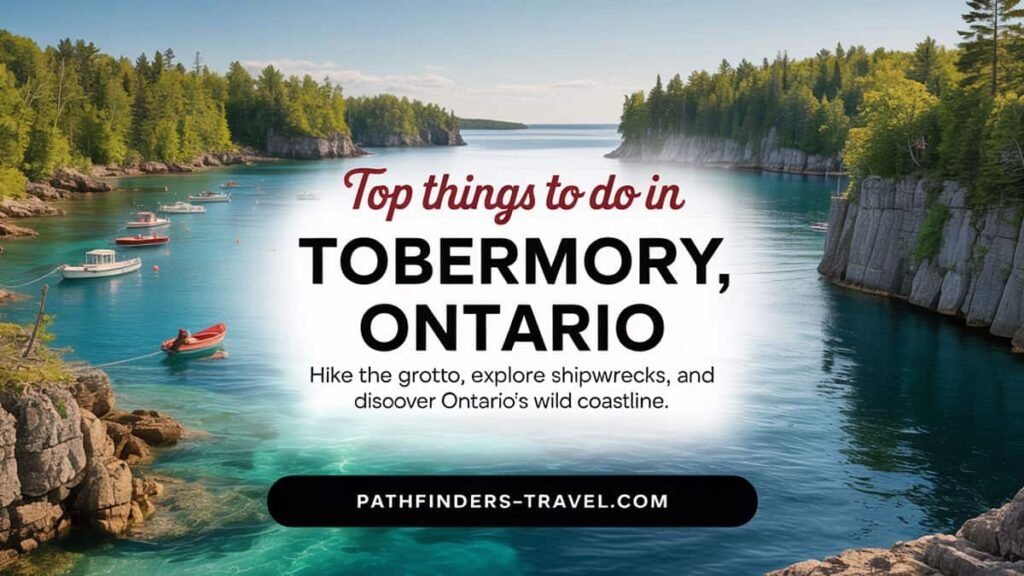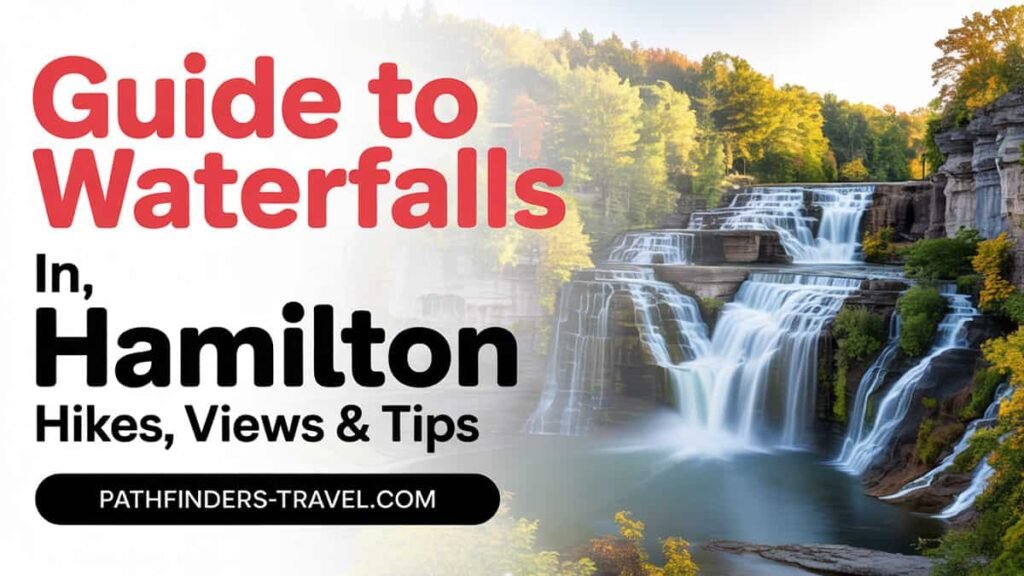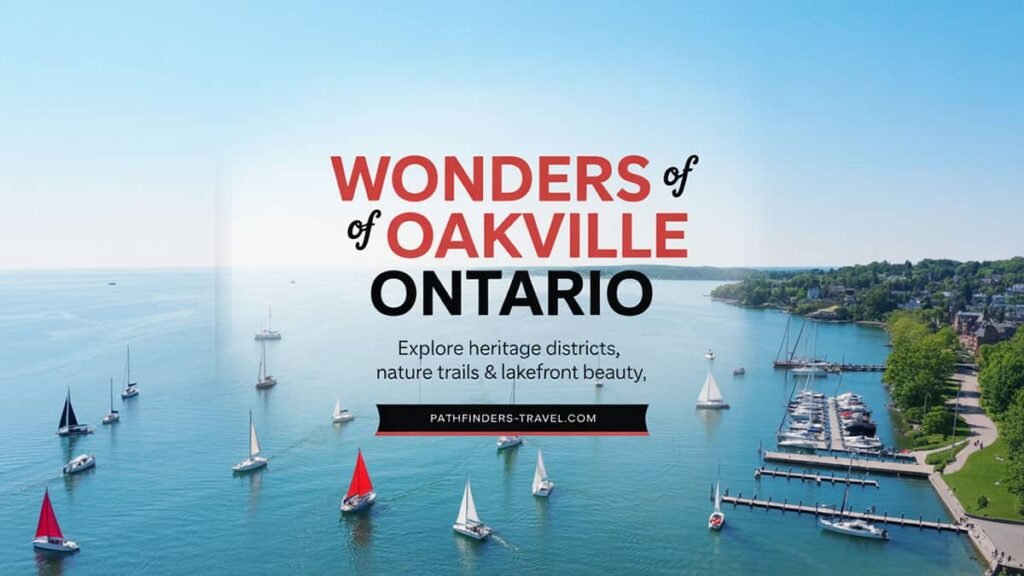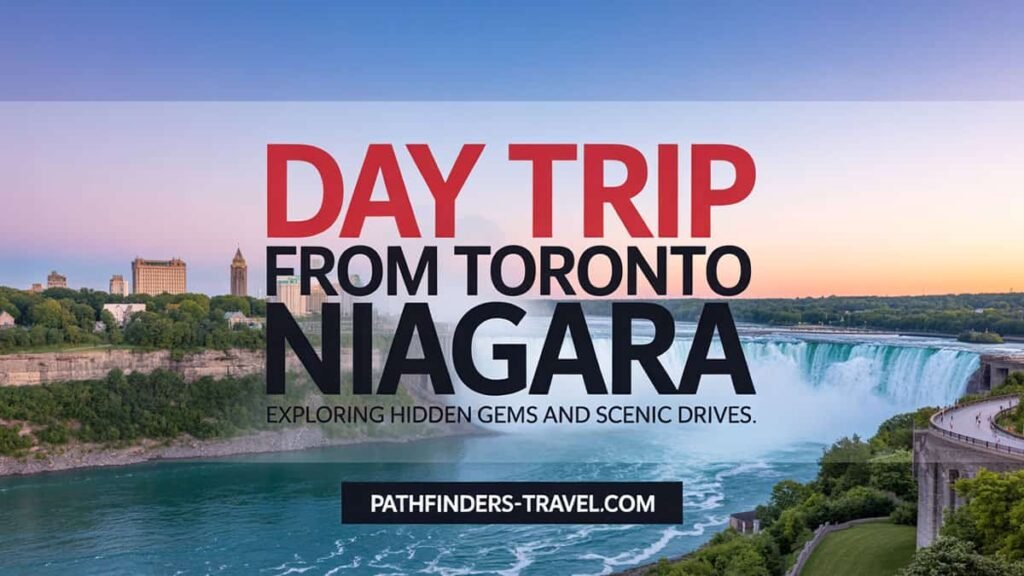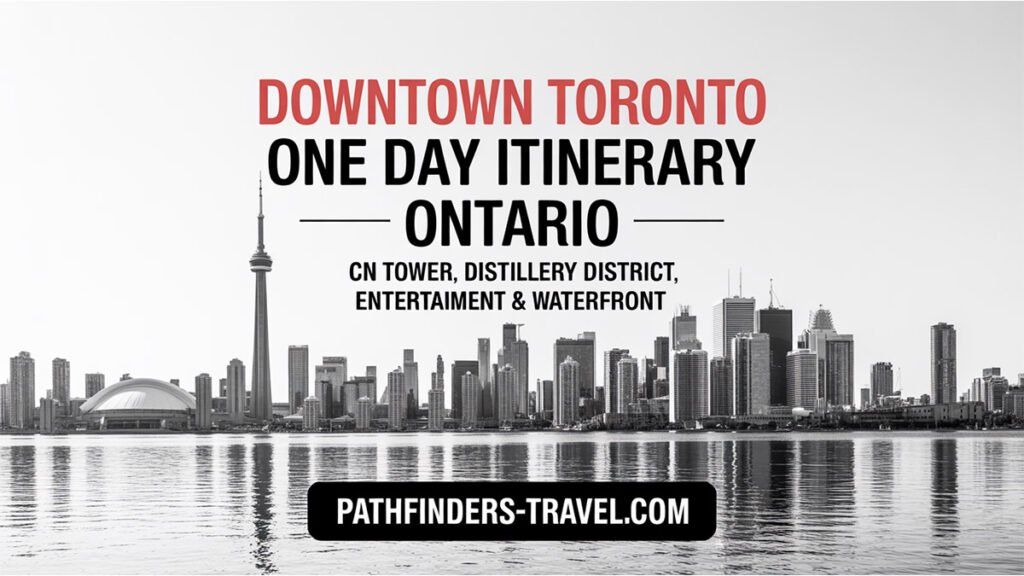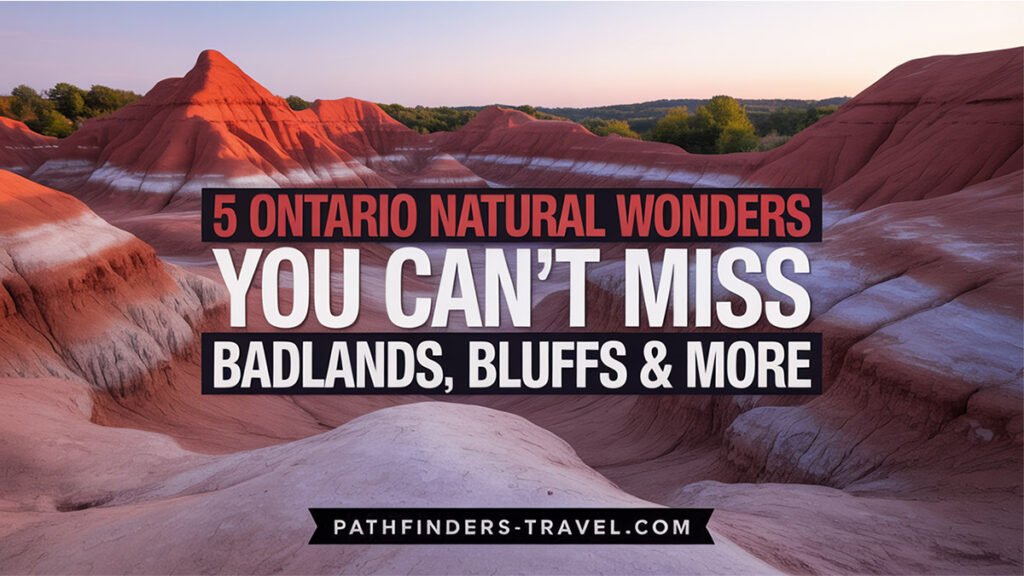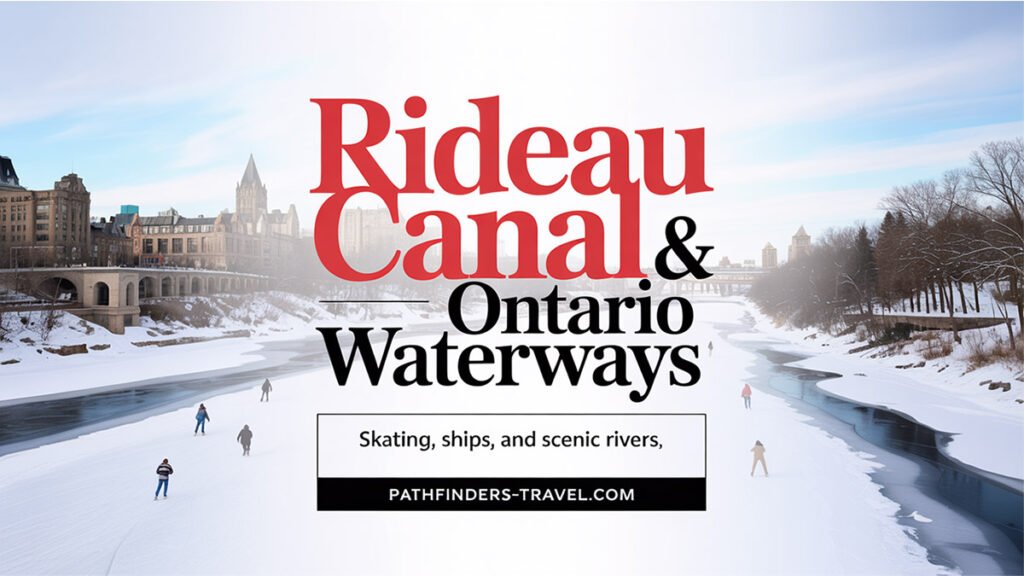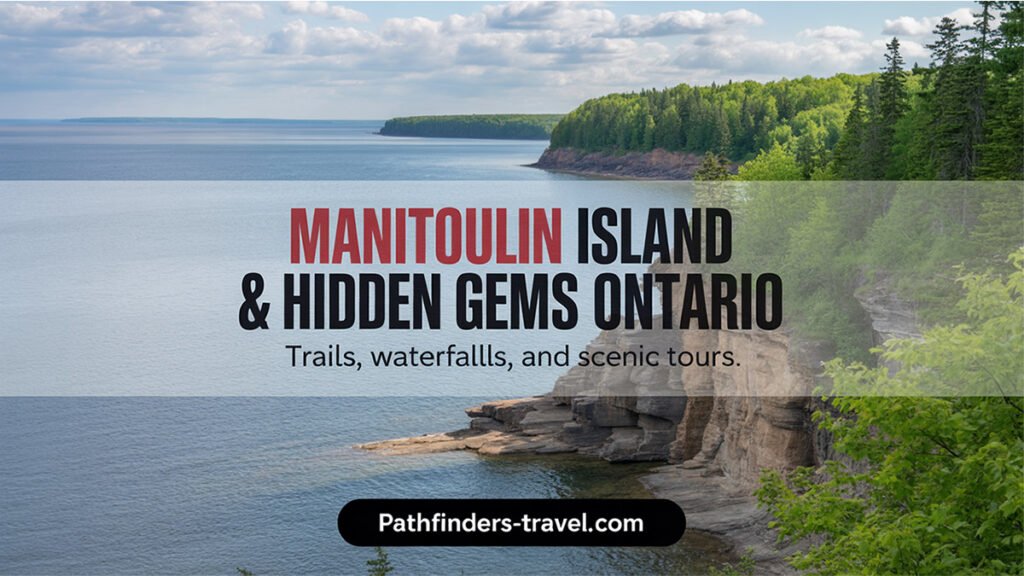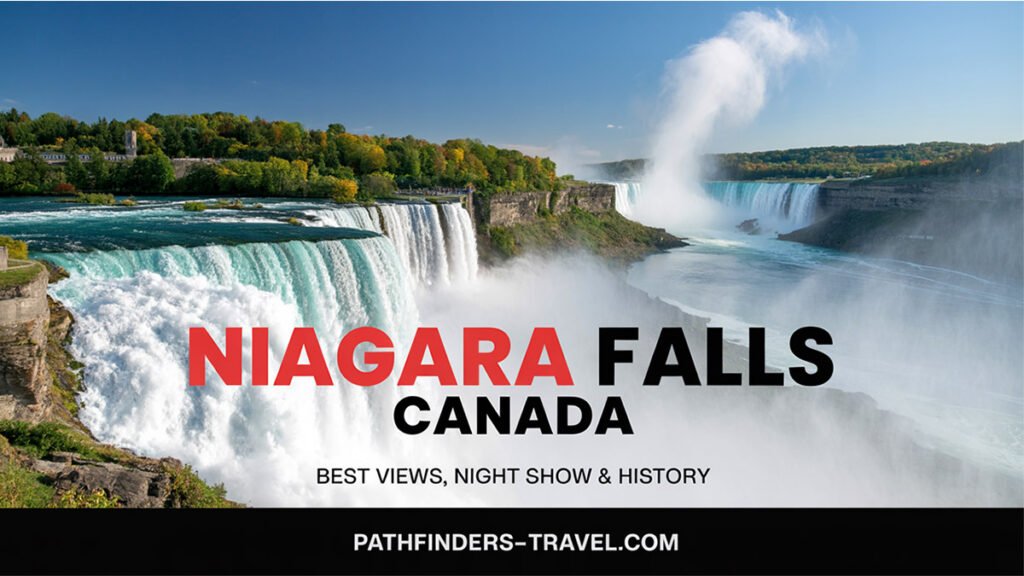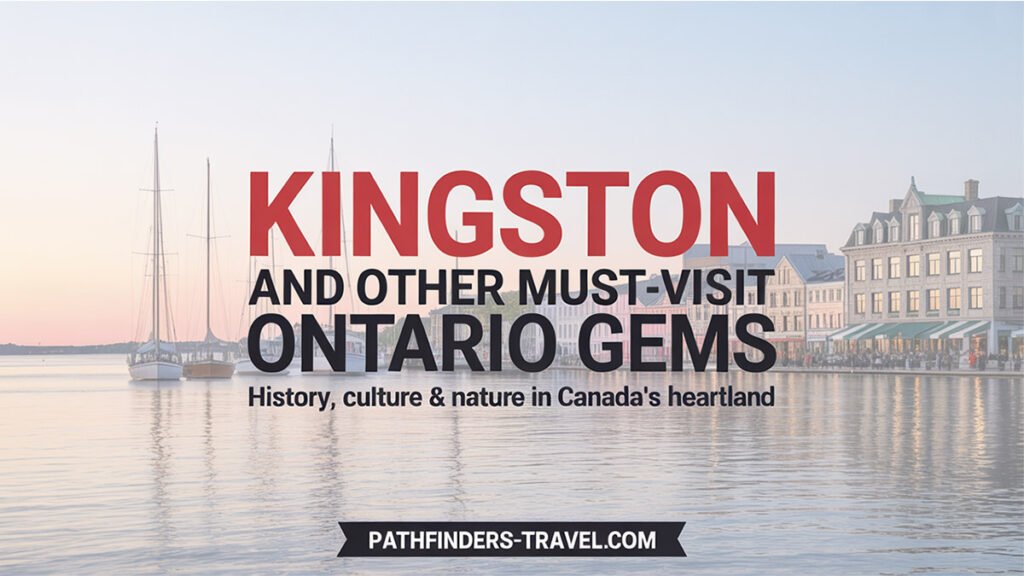ONTARIO TRAVEL GUIDE
Overview
Ontario stands as Canada’s most diverse province, where world-class cities meet pristine wilderness, thundering waterfalls carve through ancient rock formations, and thousands of islands dot sparkling waterways. From the iconic skyline of Toronto to the thundering power of Niagara Falls, from the granite shores of Georgian Bay to the political heart of Ottawa, Ontario delivers experiences that showcase both natural grandeur and vibrant urban culture. You can witness Parliament Hill’s Gothic Revival architecture, paddle crystal-clear waters in Algonquin Provincial Park, explore over 100 waterfalls in Hamilton, and skate the world’s largest skating rink on the Rideau Canal—all within one remarkable province.
We absolutely love traveling in Ontario. The excellent highway network connects major destinations, the blend of French and English heritage creates rich cultural experiences, and the infrastructure makes exploring everything from cosmopolitan cities to remote wilderness surprisingly accessible. Toronto serves as the perfect starting point for most Ontario adventures—it’s ideal for experiencing world-class dining and entertainment, taking a day trip from Toronto to Niagara Falls, and connecting to destinations throughout the province.
Ottawa captivates with its status as Canada’s capital, offering magnificent Gothic Revival architecture Canada and year-round cultural attractions. The guide to Hamilton city of waterfalls reveals over 100 cascades tucked into the Niagara Escarpment, while the top things to do in Tobermory include hiking to the famous Grotto and exploring shipwrecks in crystal-clear waters. For the ultimate Ontario experience, consider combining urban exploration in Toronto with natural wonders like visiting Niagara Falls Canada, Georgian Bay boat tours from Parry Sound, and planning a trip to Algonquin Provincial Park.
From the Sudbury Science North and regreening story that transformed an environmental disaster into an eco-tourism success, to the pristine beaches of Sandbanks Provincial Park, Ontario is a year-round destination that promises unforgettable memories. Whether you’re seeking the guide to visiting Manitoulin Island (the world’s largest freshwater island), exploring the Brockville Thousand Islands gateway, hiking the Bruce Trail, or simply want to witness the raw power of Horseshoe Falls, Ontario delivers adventures that will leave you breathless.
Bookmark this Ontario travel guide and keep checking back for more of our best Ontario travel tips and hidden gems!
Country Snapshot
Safety
Ontario is extremely safe for travelers, with low crime rates and excellent emergency services throughout the province. Urban areas like Toronto, Ottawa, and Hamilton are generally very safe, though standard city precautions apply (watch belongings in crowded areas, stay aware of surroundings).
The primary safety considerations relate to outdoor activities and weather conditions. Black bears inhabit wilderness areas, especially in regions like Algonquin Provincial Park and Manitoulin Island, so practice proper food storage at campsites. Weather can change rapidly, particularly near the Great Lakes where sudden storms develop. Winter driving requires experience with snow and ice conditions—consider winter tires from November through April if driving extensively.
When hiking the Niagara Escarpment or exploring waterfalls, stay on marked trails and respect barriers. The rocks around waterfalls can be extremely slippery. Swimming in Hamilton waterfalls is dangerous and often prohibited due to strong currents and underwater hazards.
Most Ontarians are friendly and helpful to visitors. Both English and French are welcomed in many areas, particularly Ottawa, though English dominates most of the province. Learning basic French phrases enhances experiences in bilingual regions.
Accommodation
Ontario offers accommodation options ranging from luxury hotels to rustic camping, with excellent choices in cities, tourist towns, and wilderness areas. Toronto provides the widest selection of hotels, vacation rentals, and hostels at various price points. For unique experiences, consider staying in historic inns in Niagara-on-the-Lake, waterfront cottages in Muskoka, eco-lodges near Algonquin Provincial Park, or charming bed-and-breakfasts in Prince Edward County wine country.
Summer (June through August) represents peak season for most destinations, so book accommodations well in advance, especially for weekends in Toronto, Niagara Falls, Blue Mountain, and cottage country. Winter sees high demand at ski resorts like Blue Mountain and ice fishing destinations. Ottawa hotels fill quickly during major events like Winterlude (February) and Canada Day (July 1).
Many provincial parks offer camping and cabin rentals that require reservations months ahead through Ontario Parks’ booking system. You can search for the best accommodation deals in Ontario on Booking.com or Hotels.com.
Budget
Ontario travel costs vary dramatically between urban centers and rural areas, with Toronto ranking as one of North America’s more expensive cities.
Accommodation: Budget hostels in Toronto start around $35-50 CAD per night, mid-range hotels run $120-200 CAD, while luxury properties exceed $300 CAD. Smaller cities like Kingston, Hamilton, and Sudbury offer lower rates. Camping in provincial parks costs $35-55 CAD per night for serviced sites.
Meals: Expect to pay $15-25 CAD for casual dining, $30-50 CAD for mid-range restaurants in cities. Toronto’s diverse food scene offers everything from affordable ethnic eateries to high-end dining. Smaller towns generally cost less. Grocery shopping and self-catering significantly reduces food expenses, with major chains like Loblaws, Metro, and Sobeys throughout the province.
Activities: Many top attractions charge admission—CN Tower costs around $40 CAD, Science North $28 CAD, Parliament Hill tours are free but require advance booking. Provincial and national parks charge daily vehicle permits ($15-20 CAD). Niagara Falls viewing is free, though boat tours and attractions cost $25-75 CAD. Many hiking trails, beaches, and outdoor activities remain free.
Transportation: Gas prices run higher than US rates. VIA Rail connects major cities but can be expensive—Toronto to Ottawa costs $60-150 CAD depending on booking time. Car rentals offer the most flexibility for exploring.
Money-saving tips: Visit during shoulder seasons (May or September-October) for lower accommodation rates, take advantage of free museum days, purchase Toronto CityPASS for attraction bundles, and use public transit in cities rather than taxis or rideshares.
Transport
How to Get to Ontario
Most international visitors arrive through Toronto Pearson International Airport (YYZ), Canada’s busiest airport with connections worldwide. Ottawa Macdonald-Cartier International Airport (YOW) serves the capital region with domestic and some international flights. Smaller airports in Thunder Bay, Sudbury, and Sault Ste. Marie primarily handle domestic routes.
US visitors can drive across numerous border crossings—major points include Windsor-Detroit, Niagara Falls-Buffalo, Sarnia-Port Huron, and Cornwall-Massena. Be prepared for border wait times, especially summer weekends at Niagara. All travelers need proper identification (passport or enhanced driver’s license for US citizens).
VIA Rail connects Toronto with Ottawa, Kingston, Windsor, and other cities, offering a comfortable alternative to driving. The Toronto-Ottawa route takes about 4.5 hours.
Getting Around Ontario
Ontario’s vast size (larger than France and Spain combined) means transportation requires planning. The province has excellent highway connectivity between major destinations, with Highway 401 forming the main corridor through Southern Ontario.
Rental cars provide maximum flexibility for exploring regions like Niagara Peninsula, Prince Edward County, Muskoka Lakes, and accessing provincial parks. Drive on the right side of the road. Highway 407 is a toll highway that many GPS systems default to—you can avoid it for free alternatives. Winter driving requires extra caution due to snow and ice.
Public transit in Toronto (TTC), Ottawa (OC Transpo), and other cities is reliable and affordable. The UP Express train connects Toronto Pearson Airport to downtown in 25 minutes. Toronto’s streetcar network is extensive and iconic.
GO Transit regional trains and buses connect Toronto with surrounding communities including Hamilton, Oakville, Niagara Falls (seasonal), and Barrie, making day trips from Toronto easily accessible without a car.
Intercity buses (Ontario Northland, Megabus, FlixBus) link major cities affordably, though schedules may be limited.
For navigation, Google Maps and Waze work well throughout the province. Many provincial parks and remote areas have limited or no cell coverage, so download offline maps before departing urban areas.
Best Activities
The Best Activities & Tours That I Recommend

